28 Beautiful Domes Around the World Not to Miss
I have always been interested in beautiful domes, gardens and lighthouses. While lighthouses remind me that there is always a glimmer of light to follow in the storm of life, gardens make me feel free. I love the shape and material of domes. Their wonderful architecture is the expression of a historical era. They can be colourful, multifaceted, spherical, or squared. I also like the idea of what kind of wonderful masterpiece can be hidden inside a dome. Looking at them from a terrace at sunset while I enjoy a drink is amazing! Here’s an overview of the most beautiful domes in the world not to miss on your vacation.
1) Gur-e Amir Mausoleum, Samarkand, Uzbekistan. The Mausoleum is the place where the conqueror Timur and some members of his family were buried. There is a curious legend about it: in 1941 the archaeologist Mikhail Gerasimov opened the tomb and confirmed that Timur and his grandson Ulugh Beg were there. He also found an incision that said “Whoever disturbs my tomb will unleash an invader more terrible than I”. Creepy! The gorgeous blue dome is decorated with stars and white dots.
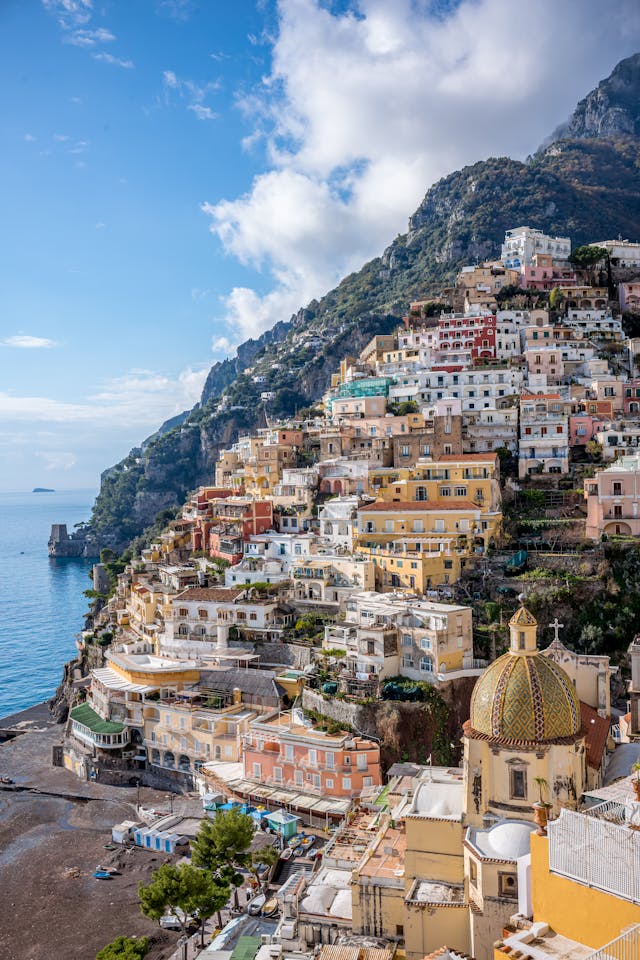
3) Putrajaya Mosque, Malaysia. The mosque of Putrajaya has a beautiful pink granite dome with a tall minaret.
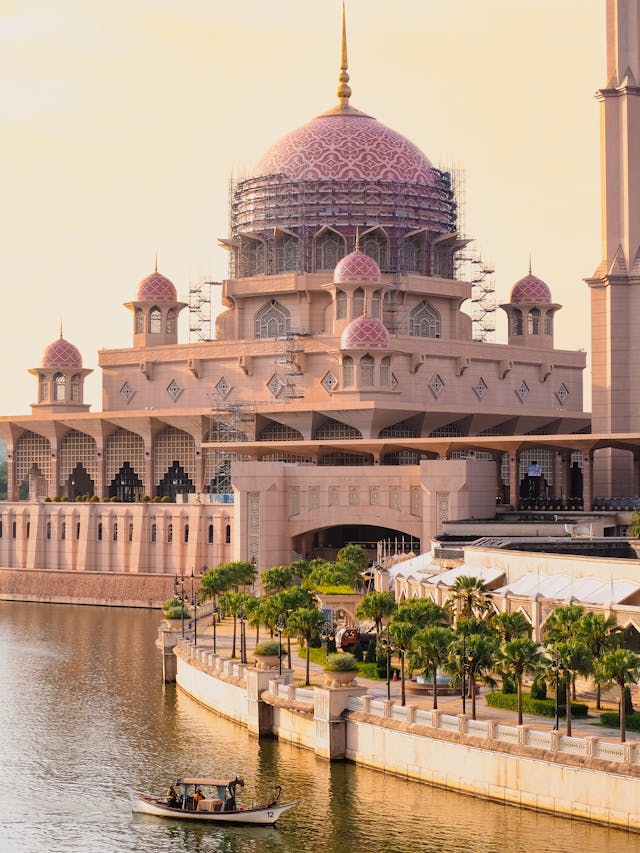
4) Hofburg Palace, Vienna. The Palace is the winter residence of the Habsburgs. It overlooks the square Michaelerplatz. The elliptical and green dome is awesome!
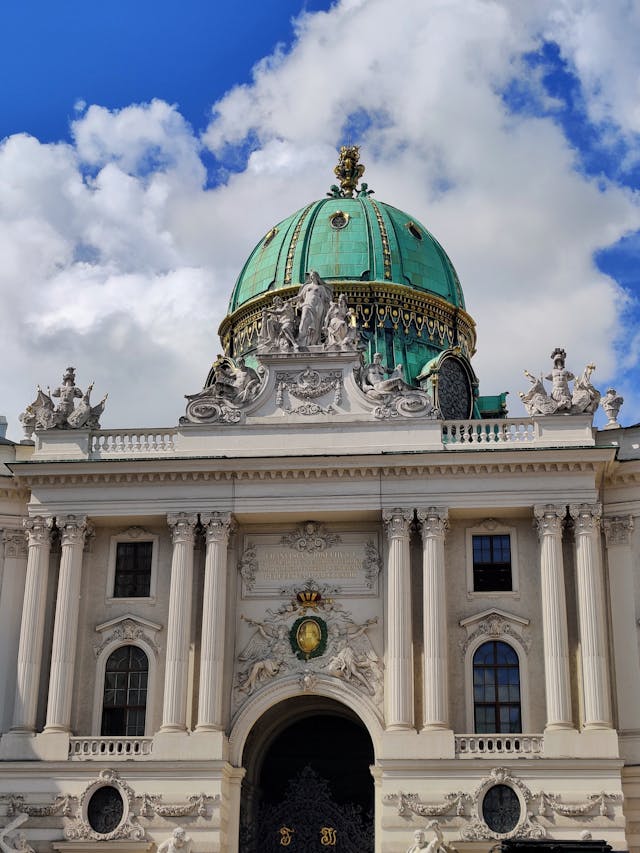
5) Kizhi Pogost, Church of the Transfiguration, Kizhi, Russia. This beautiful church in Kizhi island is considered a UNESCO World Heritage Centre. It is the expression of the Russian and Finnish Scandinavian regions. It consists of 22 domes covered in aspen and the roofs are made of spruce planks. It overlooks the Lake Onega.
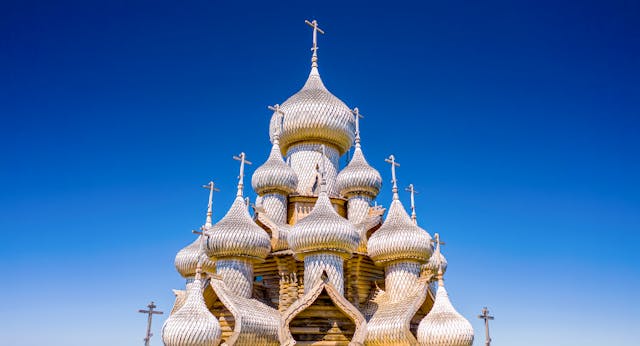
6) Budapest Parliament, Hungary. The red dome of the Hungarian Parliament contrasts with the blue sky. The sloping roofs are enriched with spiers, arches, windows and turrets, an expression of neo-Gothic architecture. The dome is 96 meters high.
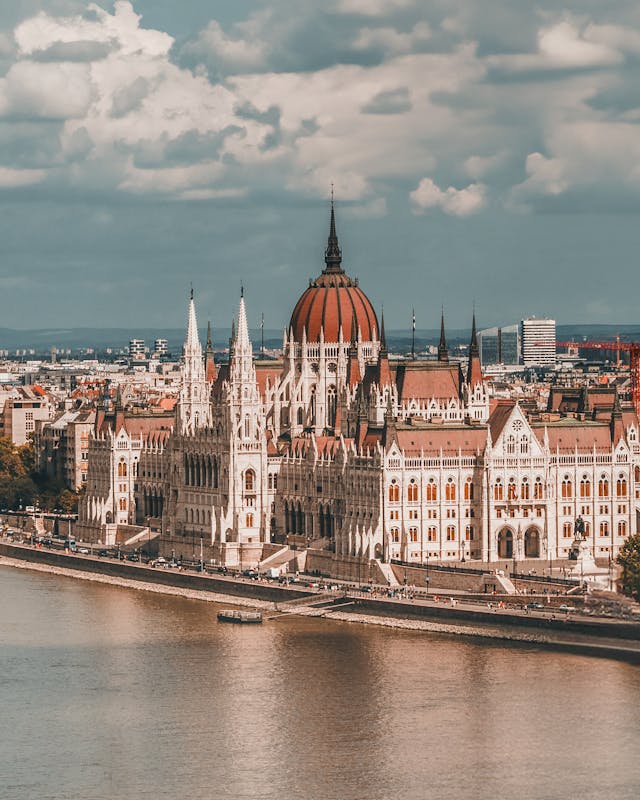
7) San Pietro Church, Rome. The Church of San Pietro in the Vatican is the most imposing and colossal church of Catholicism. The majestic dome was designed by Michelangelo Buonarroti. You have to climb it, if you want to enjoy a breathtaking view of Rome.
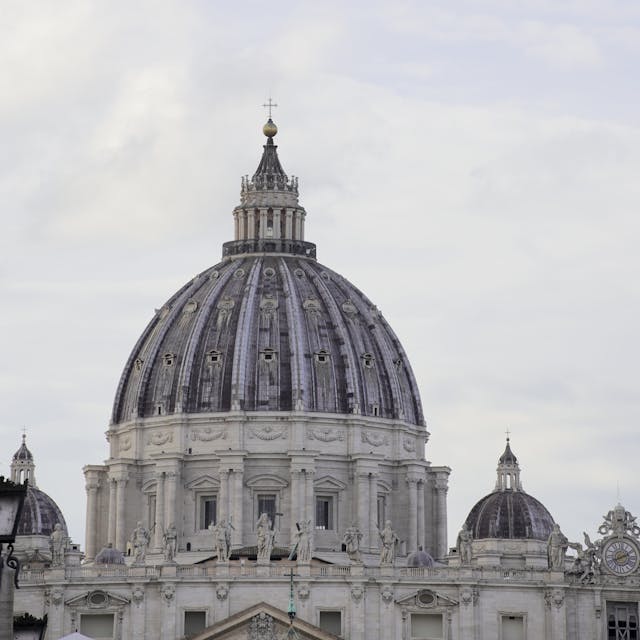
8) Sheikh Zayed Grand Mosque, Abu Dhabi. This is one of the biggest mosques in the world. It has 80 domes. The first ceremony of the mosque was the funeral of Sheikh Zayed. His body has been buried here. The stunning white domes sparkle in the sun. At night the domes are lightened by a system which reflects the moon phases.
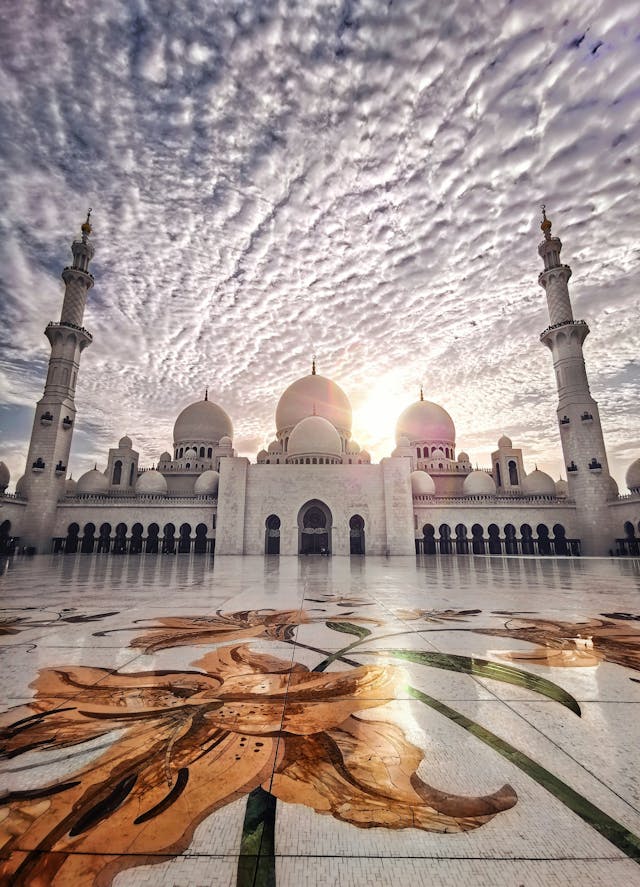
9) Hagia Sophia in Istanbul. The silver dome of Hagia Sophia is something extraordinary. The bricks have been brought from Rhodes to build the dome.
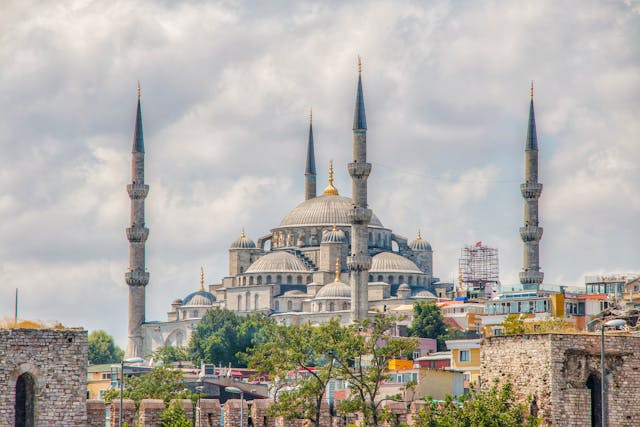
10) Taj Mahal, Agra, India. This stunning white marble palace, UNESCO World Heritage Centre, was built by Mughal emperor Shah Jahan in memory of his favourite wife. The white dome is a fine piece of art!
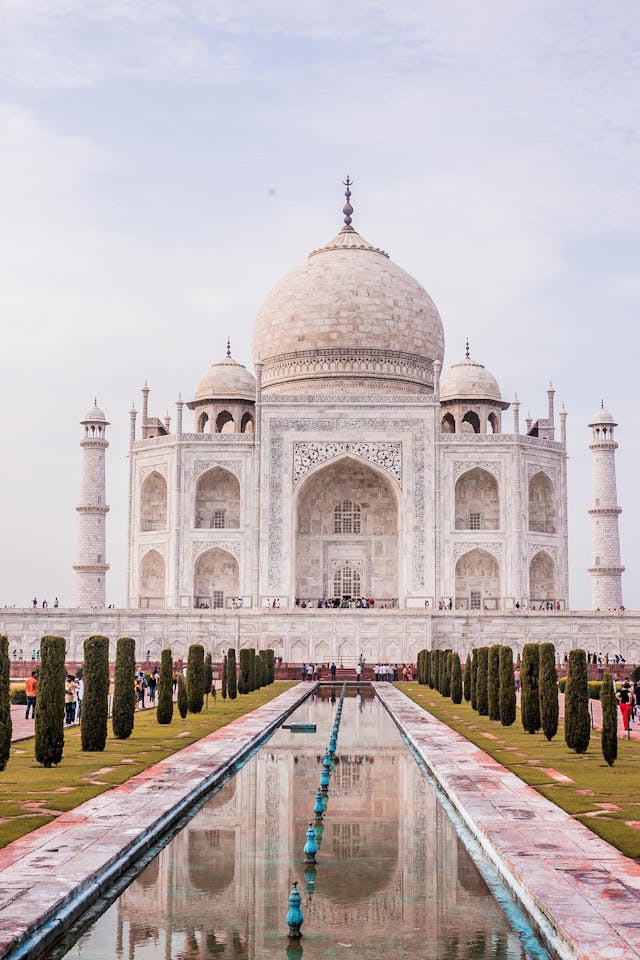
11) St. Basil’s Cathedral, Moscow. Nine churches are built around a central church; each chapel is dedicated to saints and historical events. It is said that the architect was blinded not to create a copy of it! The domes are bright and colourful!
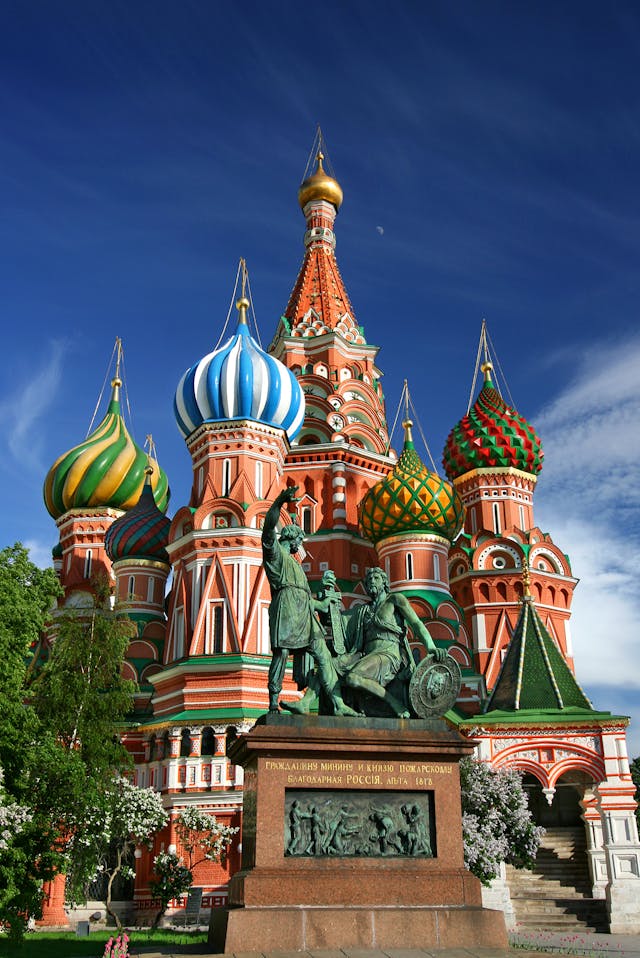
12) Dome of the Rock, Jerusalem. The Dome of the Rock was built by the Caliph Abd al-Malik ibn Marwan. It is an excellent example of Byzantine art. The golden dome is stunning!
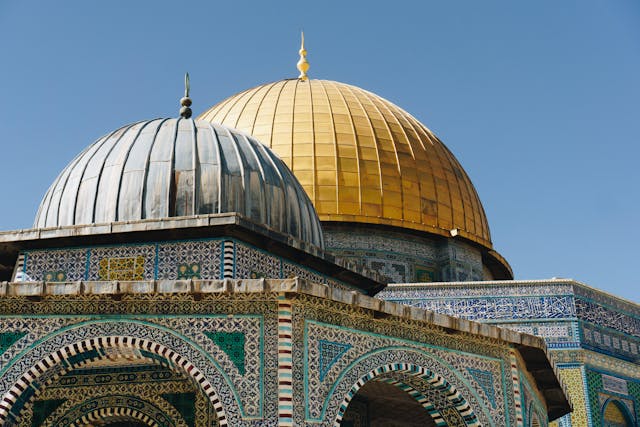
13) Shah Vali Shrine Nematollah, Iran. The Mausoleum is dedicated to Shah Nematollah Vali, the renowned Iranian mystic and poet. The dome and twin minarets are covered with turquoise tiles.
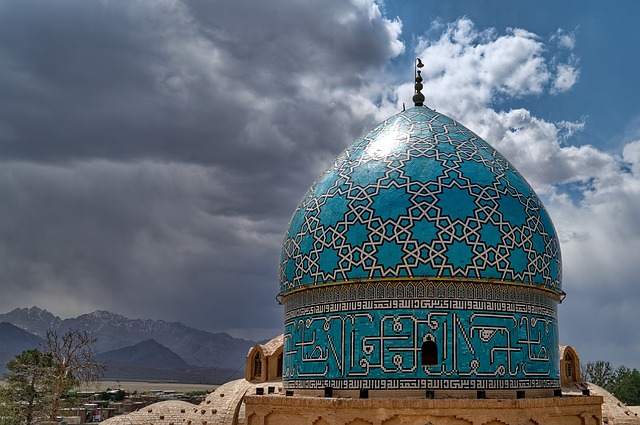
14) Santa Maria del Fiore, Florence. Santa Maria del Fiore is the Cathedral of Florence. The dome by Brunelleschi is an octagonal dome built without ribs (wooden or iron) to support the masonry. If you plan a romantic day in Florence don’t miss my tips!
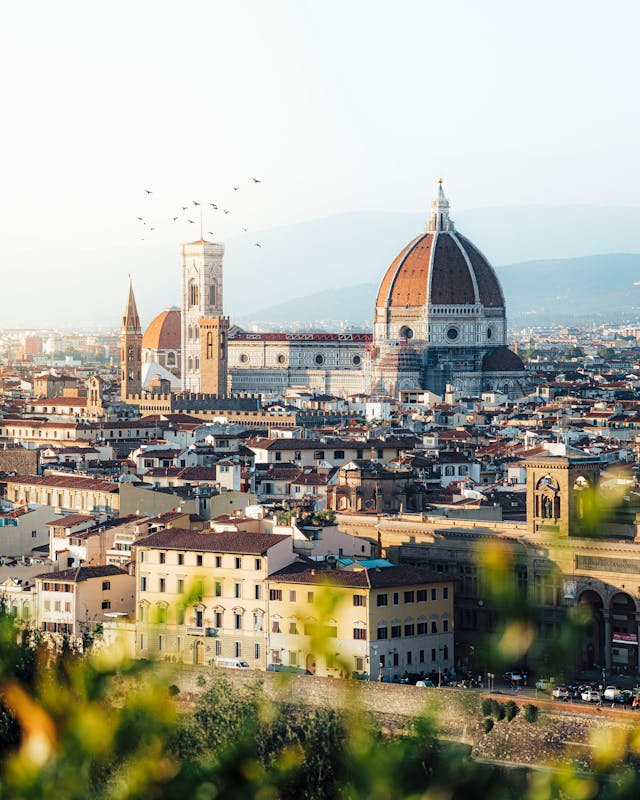
15) Sheikh-Lotfollah Mosque, Iran. This mosque was known as “the mosque of women” because in the past it was a tunnel which linked it with the palace of Ali Ghapu, and allowed women of the court to attend the religious services without being observed. The exterior dome exteriors are covered with cream tiles that change hue according to the light of day. The summit tiles are turquoise and white.
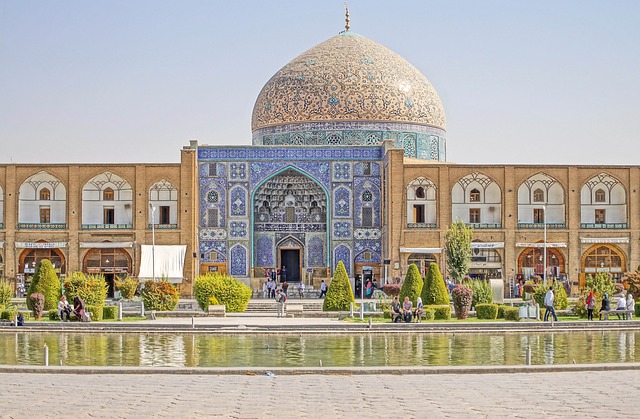
16) St. Paul’s Cathedral, London. The dome of St. Paul’s Cathedral gives you a stunning view of London!
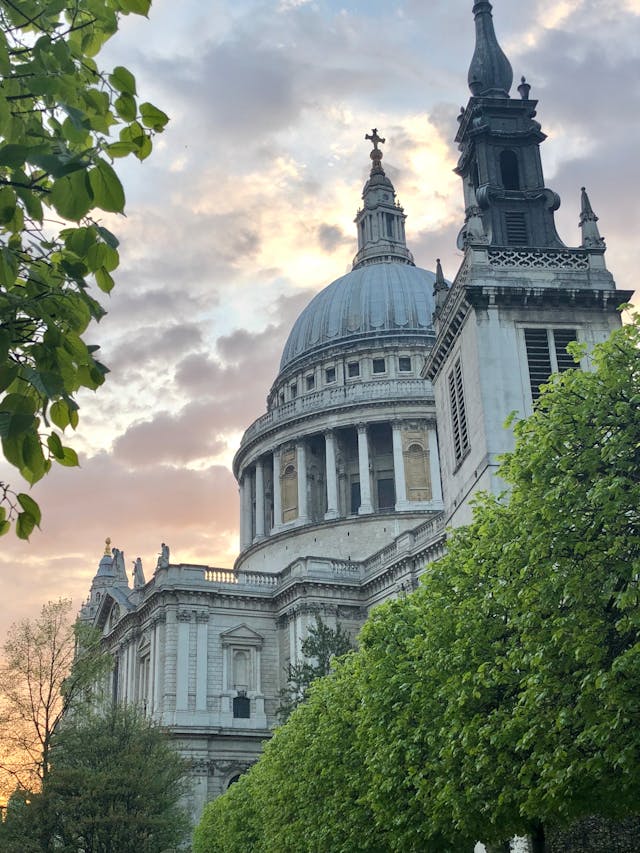
17) Sant’Agata Cathedral, Catania. The dome of the Cathedral dates from the early nineteenth. Here is my 3 day Catania itinerary.
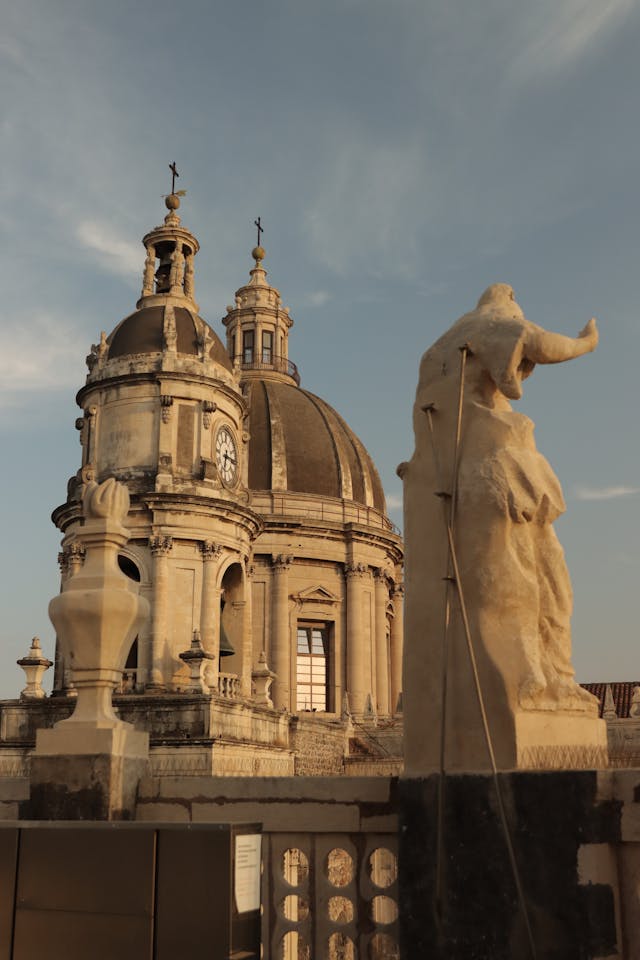
18) United States Capitol. The US Capitol’s dome, made of cast iron was designed by Thomas U. Walter and constructed from 1855-1866.
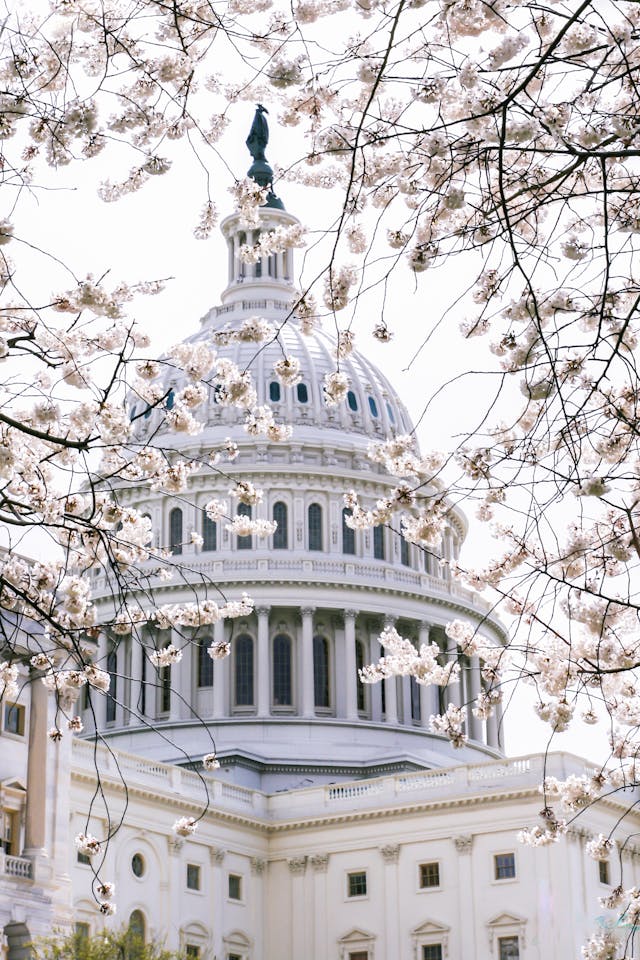
19) Blue Dome, Santorini. Santorini is not only popular for its fabulous sunsets but also for its lovely white-blue-domed Orthodox churches that often stand out from the caldera.

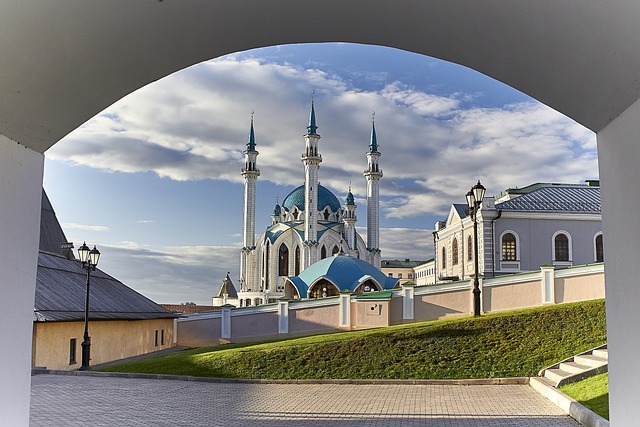
21) Sultan Hassan & Al-Rifa’i Mosque, Cairo. Al-Rifa’i is one of the largest mosques in Cairo and symbol of Islamic architectural style. It is next to Sultan Hassan Mosque and took 43 years to be built. The mosque houses the remains of several members of the Egyptian royal family.
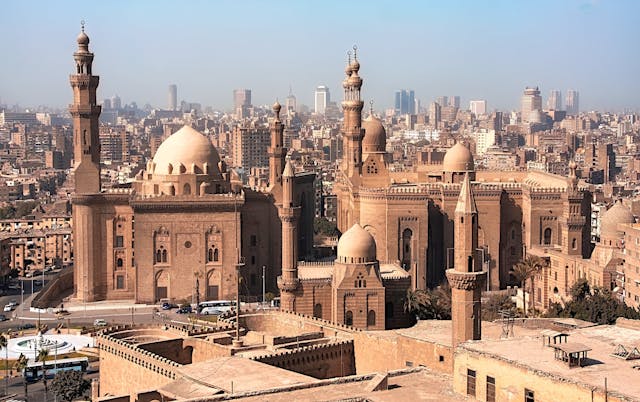
22) Catherine’s Palace, Pushkin, St. Petersburg. The Catherine Palace is a Rococo palace, located in the town of Tsarskoye Selo (Pushkin). Empress Elizabeth chose it as her summer residence. Look at the golden onion domes!
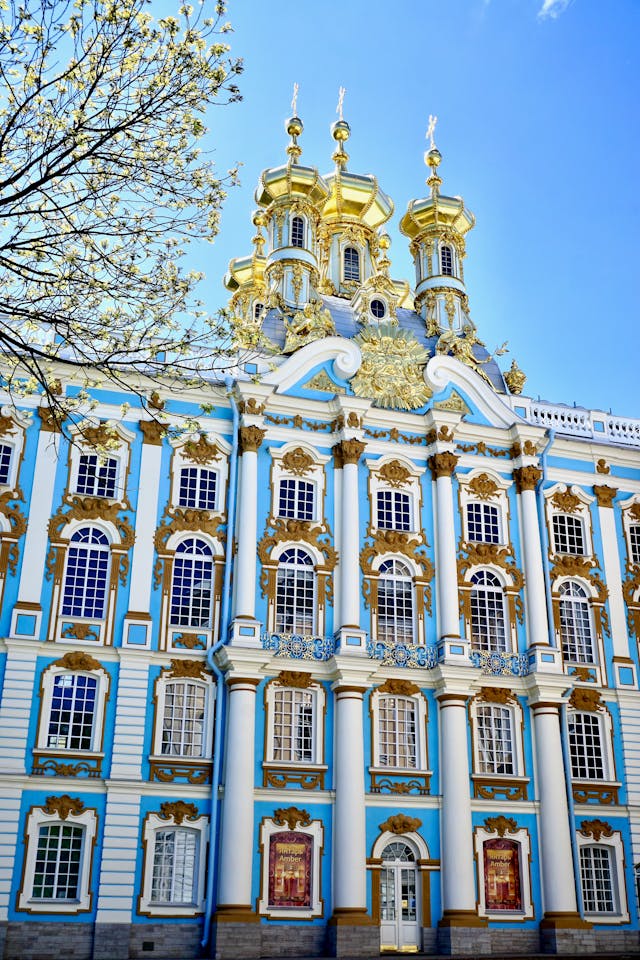
23) . The central golden dome is surrounded by four blue domes with bright stars. Ivan the Terrible commissioned it in 1559 to celebrate the victory over the Mongols. It was completed 26 years later. It is even more fascinating when snow covers the domes.
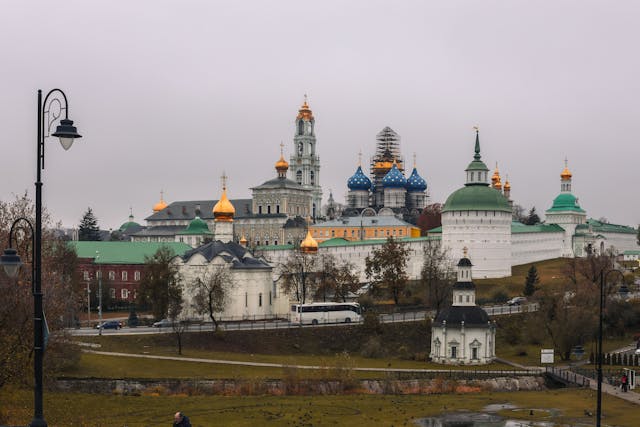
24) Holy Trinity Monastery, Kostroma Ipatievsky. Ipatievsky Holy Trinity Monastery stands on the banks of the River Kostroma. The monastery with onion domes was built in the 14th century.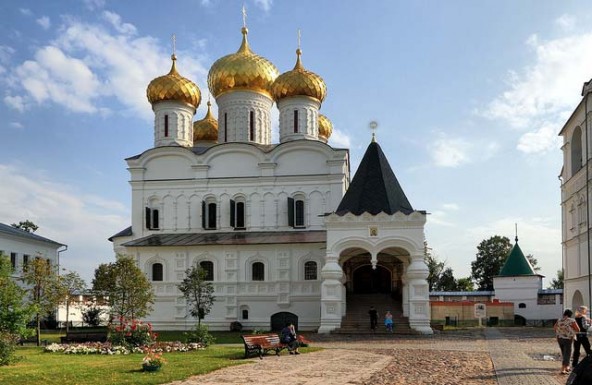
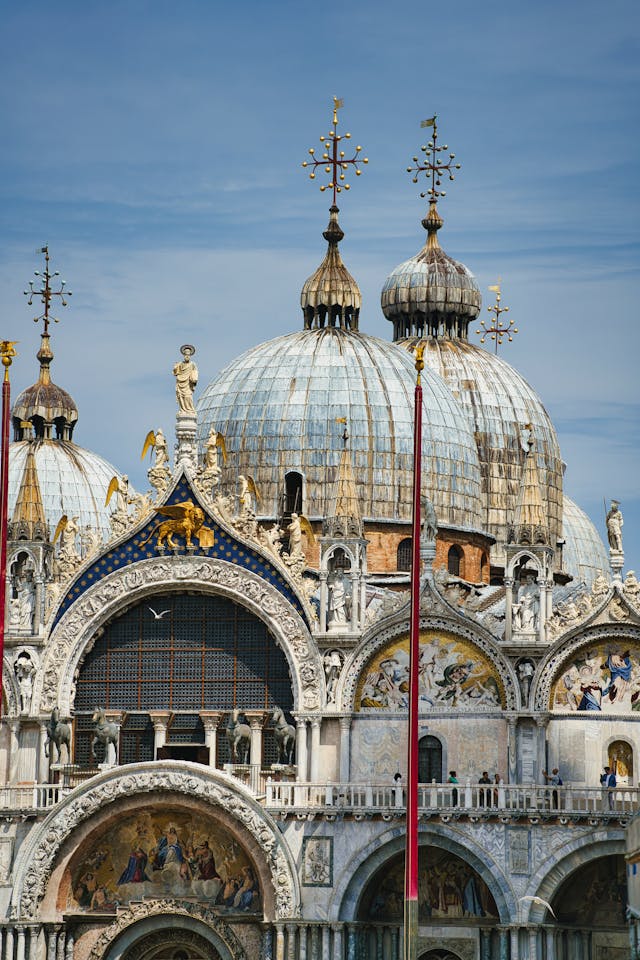
26) Church of the Grand Palace, Peterhof. Peterhof is a town 47 kilometres from St. Petersburg. It was the summer residence of the Russian tsars and is often called the “Russian Versailles”. The Palace is a UNESCO World Heritage Centre.
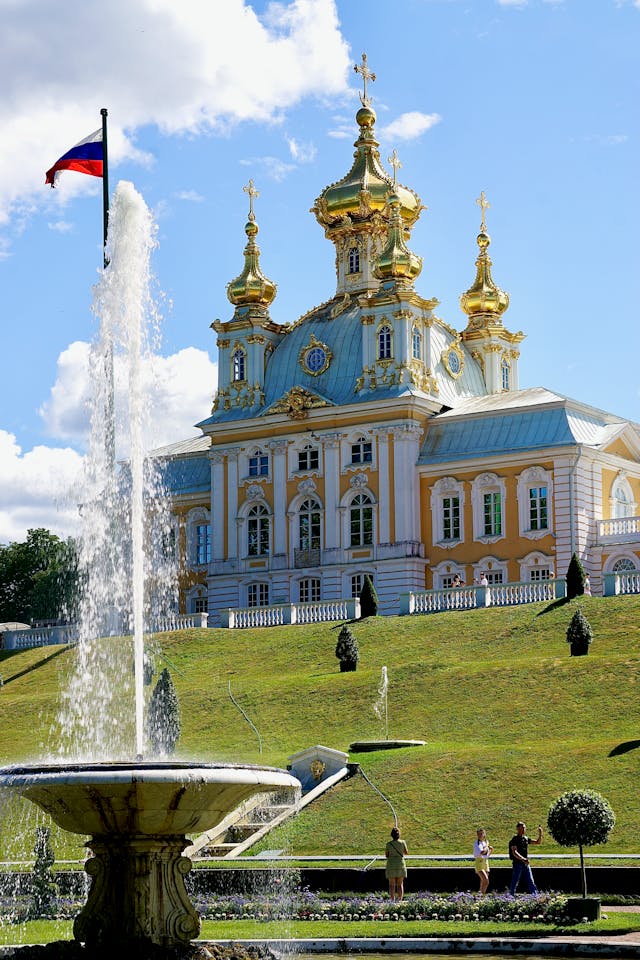
27) Alexander Nevsky Cathedral, Sofia, Bulgaria. This Cathedral was built in the Neo-Byzantine style. The gold-domed Alexander Nevsky Cathedral to remember the 200,000 Russian, Ukrainian, Belorussian and Bulgarian soldiers, who died in the Russo-Turkish War. The golden dome is 45 metres high.
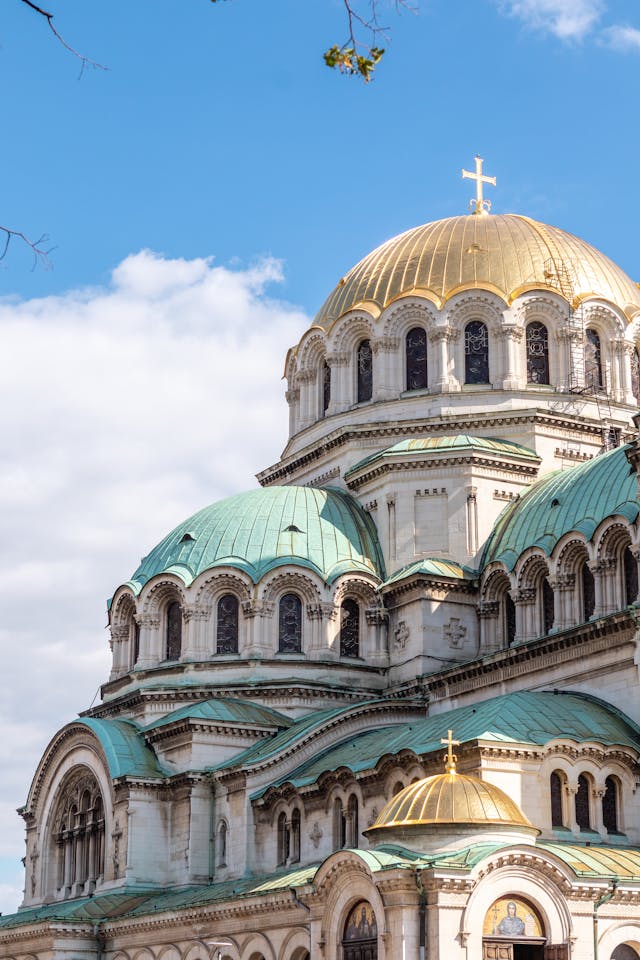
28) Shwezigon Paya, Bagan. The golden Shwezigon Paya is one of the most significant religious buildings of Myanmar.
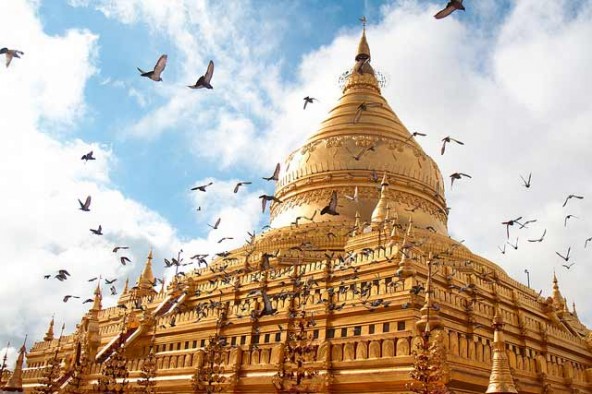





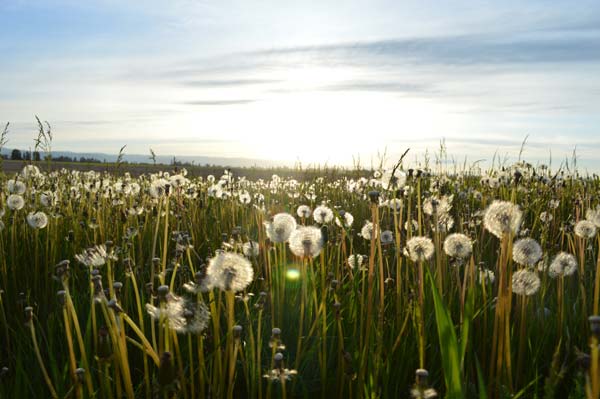




Materials are characterized as either being strong in compression, tension, shear or torsion and used accordingly in building construction. Since Biblical days, the common material available in plentiful supply in Nature was Clay, which, along with its burnt brick or fired clay, stone, marble, slate and plain cement concrete (without the steel reinforcing bars to augment its tensile strength) were therefore predominantly used in Arch, Dome or (Barrel-) Vault designs. As soon as industrial steel production encouraged the use of steel to offer the elegance of steel and glass structures reminiscent of our sky-scraper architecture, the domes were relegated to the class of materials that were in pure compression. Tensile stresses are the cause of cracking. In both an arch form and dome shape, compression is encountered, not tension. Still today, the straw reinforced sunbaked bricks form the bulk of residential construction in Afghanistan and other rural Third-world settlements.
Hi Kris! I received your mail, thank you so much! I am so happy you liked my article 🙂 I’ve seen almost all of these beautiful domes. I’m impressed by your comment! Another unusual dome you would like is the Great Stupa at Sanchi, which is the oldest stone structure in India!
How ironic that you should refer me to a dome that I have visited more often than the others, besides, the Taj Mahal, Jumma Masjid Mosque in India, Humayan’s Tomb, the Gol Gumbaj and a hundred other domes in the Indian subcontinent where I studied Architecture and Townplanning (now called either Urban Design or Urban and Regional Planning) and went on to visit the Mosque of Omar in Jerusalem, better known as the Golden Dome, before returning home to become a Professor of Architecture. The other domes are predominantly in the Middle-eastern countries including a great one at Herat and another one at Mazar-i-Sharif in Afghanistan. Another new one is under construction at Kabul.
Iran has its share of beautiful mosques with intricate geometric designs and tessellations and in deed, the classic dome of Constantinople (Istanbul) is also a prominent part of Islamic Architecture that made such a creative use of both stone, slate and marble, often imported from a distance but well worth the effort and the cost, even if slave labor was often unfortunately taken advantage of for such grandiose undertakings.
Let’s do an article for publication based on your visits and the excellent portrayal you provided.
What an exciting life Kris! You have seen many domes! It would be great to write an article (you are very kind), but I can only share what I felt when I looked at these beautiful buildings, thinking about their greatness. I didn’t studied Architecture, but it is always awesome learning from people like you! 🙂
These kind of comments must surely be the thoughts of an engineer! I used to know a charming Pakistani engineer whose name was something like Gorur…perhaps you lived in Venice??
When it comes to construction, both architects and engineers have, of necessity, to think alike if the design one comes up with has to eventually be realized in “brick & mortar”, steel or concrete by the other. I have recently come across a firm in California that offers custom-designed domes of plastic of any diameter or thickness.
The more innovative of contemporary domes are the so-called “Geodesic” domes which are not, in the true sense, domes but more of a polyhedral structure, but often ‘clothed’ with fabric, glass or plastics as a cover. They are the inventions of the late, Buckminster Fuller, a former professor at MIT who did not himself have an advanced technical education. Some enterprising school teacher sells his own book and designs of such geodesic domes using common raw bamboo poles.
Fifty years later, I am still fascinated by the older, more historic domes, many of them built with the sweat and blood of captive slave labor forced to carry stone or marble blocks to significant heights, without any sophisticated machinery and aligning them on each layer meticulously to perfection.
I am that kind of person who loves traditions. This is why I’m fascinated by the older domes. They have something to tell about the past and I’m curious to know more and more.
Only 29 more things to add to my Bucket List!
LOL Andrea, I hope you bucket list will be longer and longer! I will work on it 😉